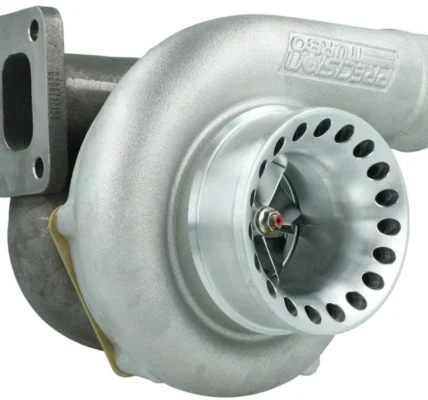Fleet servicing encompasses the maintenance and management of a group of vehicles owned or leased by a business or organization. The efficiency and reliability of a fleet are crucial for businesses relying on transportation, such as logistics companies, public transportation, and delivery services. Effective fleet servicing ensures that vehicles are safe, dependable, and operate at optimal performance levels. The key components of fleet servicing include:
· Regular Maintenance and Inspections:
Routine fleet maintenance near me is essential to prevent breakdowns and ensure the longevity of vehicles. This includes oil changes, tire rotations, and brake checks. Scheduled inspections identify potential issues early, reducing downtime and repair costs.
· Diagnostic Tools and Technology:
Modern fleets benefit from diagnostic tools that monitor vehicle performance in real-time. Telematics systems track engine data, fuel efficiency, and driver behavior. This data helps in scheduling maintenance and improving fleet management practices.

· Emergency Repairs and Roadside Assistance:
Unexpected breakdowns can occur, requiring prompt repairs to minimize downtime. Fleet servicing often includes provisions for emergency repairs and roadside assistance to quickly get vehicles back on the road.
· Compliance with Regulations:
Fleet managers must ensure vehicles comply with local and national regulations. This includes emissions standards, safety inspections, and adherence to weight restrictions for trucks.
· Driver Training and Safety Programs:
Well-trained drivers are essential for safe and efficient fleet operations. Servicing programs may include driver safety training to reduce accidents and improve fuel efficiency.
· Data Management and Reporting:
Fleet servicing involves tracking maintenance records, fuel consumption, and repair history. Analyzing this data helps in predicting maintenance needs and optimizing fleet performance.
· Scheduling and Fleet Optimization:
Efficient fleet servicing relies on effective scheduling to minimize downtime. Optimizing routes and vehicle usage reduces fuel costs and extends vehicle life.
· Cost Management and Budgeting:
Managing costs is critical for fleet servicing. Budgeting for maintenance, repairs, and fuel ensures that resources are allocated effectively.
· Environmental Considerations:
Many businesses aim to reduce their environmental impact. Fleet servicing can include initiatives such as vehicle electrification, hybrid vehicles, and fuel-efficient driving practices.
· Supplier Relationships and Partnerships:
Maintaining strong relationships with suppliers and service providers ensures access to quality parts and services. Partnerships may also include negotiated rates and priority service.































